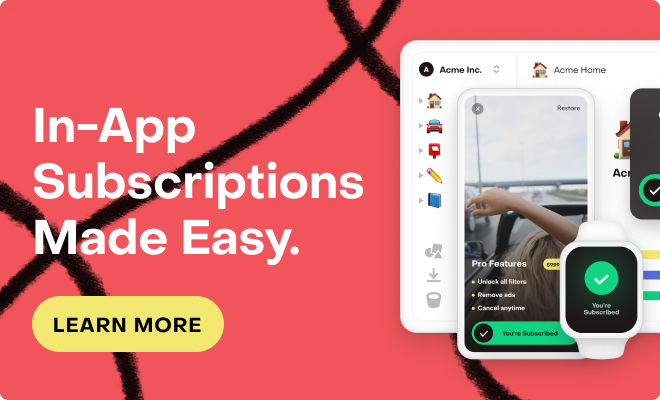Hi
We’re trying to configure a flow where user subscription is strictly bound to their account. In our mobile app we identify users by their personal accouns and provide a way to sign in / sign up and sign out directly in the app. So it’s possible to have a state when there’s no user id.
We used Block restores setting (btw, thanks for this update - it’s much simpler now!) and applied the recommended way of identifying users with login/logout mehtods as described here.
However with this approach when we register a new user the RevenueCat creates a subscriber with anonymous Original App User ID and then aliases the actual user id and setups App User ID field with it.
While this is totally expected according to the documentation, it looks confusing in our flow where user can subscribe only with active account and thus already having actual identifier. What we’re trying to achieve is to always have users with single identifier (i.e. Original App User ID == App User ID) without aliases as we’re not going to support multiple accounts per subscription.
We tried to do this by using the old approach and call configure(withAPIKey:appUserID:) with user id when user logs in, and logout() when user logs out. And while it does what we want, it doesn’t seem entirely correct because we believe the configure method should be called only once on app launch. Besides of that the the logout method itself makes an additional network request to create a new anonymous user which seems redundant in our case.
Is there a proper way to create a subscriber on RevenueCat with explicit user id but without using anonymous identifier before user authorizes in the app?
Is it possible to logout existing user without creating an anonymous user instead?
Thank you in advance.
Best answer by sharif
View original



